How to prune roses: types, terms, rules
Roses are one of the most beloved flowers among all gardeners, both professional and not so much. A large assortment of plant species that are currently represented in horticulture allow you to choose the optimal type depending on personal preferences. But for any occasion, you must strictly follow the rules of care and growing roses - this is how you manage to achieve the best results and decorate your garden with really amazing plants.
Pruning the branches of a rose bush is a must for growing plants of the desired shape. For the development of roses, it is important to follow the rules of pruning and carry it out in a timely manner. Despite the seeming simplicity, pruning branches is a rather complex undertaking that involves a large set of actions. Moreover, it is important to perform each stage with particular accuracy and comply with many norms. So you will not violate the integrity of the plant structure and stimulate its development.
Content:
- The main types of pruning roses
- Pruning roses in spring and autumn - terms and rules
- Caring for roses after pruning
The main types of pruning roses
Today in horticulture there are several recommended types of pruning that perform different functions and differ in performance parameters.
Pruning types:
- Formative pruning. This type of work is performed during the first planting and in the first summer. The best option is to perform formative pruning in the spring, before the shoots start growing - this way you can create a bush of the desired shape and get an excellent result. Such pruning should not be done in the fall - the shoots will begin to grow in the winter, which negatively affects the bush. As a rule, bushes in specialized stores are sold with already cut branches and the buyer should not worry about the condition of the plant. Formative pruning allows you to create unique plants, create great compositions and maintain the desired shape of the bush. The shrub formation process takes several months, as a result of which it turns out to create the necessary rose shape without harm. First of all, the longest branches should be shortened to create a shrub of the desired size. The grower should strive to balance the aboveground and underground parts of the plant. This allows you to achieve uniform development and harmonious formation of the bush. The formation of each individual site should be approached carefully and carefully. In the summer, the shoots are pinched over 3 leaves. When the first buds form, they are also removed. If the instructions are followed correctly, the formation should be stopped already in August - by this time the development of lateral shoots is ensured. The plant must be carefully prepared for winter, so that summer successes remain and develop in the next season.
- Sanitary pruning. In the process of development of the bush, it is important to constantly monitor its condition. It is periodically necessary to remove frozen and damaged branches. If such parts of the bush are not removed in a timely manner, then they will negatively affect the development of the entire plant. They also remove dried branches, unripe shoots and other formations that can interfere with the growth of the bush and create the desired image. Sanitary pruning is the only type of work that is carried out throughout the year, regardless of the season.
- Anti-aging pruning.The growth of a plant inevitably leads to the gradual extinction of individual sections and the development of new branches. Old branches lose the ability to grow and develop, and also prevent the emergence and formation of new parts of the bush. Therefore, for harmonious growth, it is important to periodically select old branches and remove them. It is not difficult to recognize them - the bark on the branches begins to crack and flake off, growth slows down and stops. So it's time to cut them off.
- Thinning pruning. To maintain the desired appearance of the bush, it is necessary to periodically remove excess shoots that may form during the growth process. This opens up access to light for other shoots and allows you to control the bush from overgrowing. The procedure is carried out annually, removing old branches, as well as shoots of different sizes. Thinning pruning is very individual.
- "Pruning for flowering". A special type of work for the care of a rose bush. It is designed to ensure the harmonious growth and development of the plant. It is important to monitor the condition of the kidneys and periodically remove unnecessary ones. To form flowering, it is necessary to prune for flowering several times a year, especially a couple of weeks before the start of flower formation. Pruning is the shortening of the shoots in the spring. According to the degree of pruning, there are 3 options: low, medium and strong pruning. When carrying out a weak pruning, only the upper parts of the branches are removed. Medium pruning preserves 4 to 6 buds. With strong pruning, only 2-3 buds remain.
Depending on the variety of roses and the stage of development of the bush, the option and parameters of pruning are determined. It is important for the gardener to know exactly when and what kind of pruning should be done. Subject to all the rules and strict adherence to the instructions for growing, it is possible to preserve the bush for a long period, ensuring its safety and harmonious development over time.
Pruning roses in spring and autumn - terms and rules
The spring period is especially important to ensure the formation of flowers and the formation of the bush. At this stage of shrub development, buds and buds are formed, which are the main goal of the gardener. If pruning is done correctly in the spring, then in the summer you can get bushes of the desired shape and type.
The timing of the work differs depending on the length of the winter period. Roses should only be pruned during warm weather to keep the branches from freezing. The usual terms are March-April, when the buds have already formed, but the movement of the juice is not yet so active.
Pruning should be done on a sunny day.
For the procedure, a pointed pruner is used, which is previously disinfected in a prepared solution of potassium permanganate. The cut is made half a centimeter above the kidney and at an angle of 45 degrees.
In the autumn period, only sanitary pruning of the bush is mainly carried out to remove dried branches, damaged areas and infected diseases... This is done so that the energy of the plant is not wasted on them in winter. In some cases, damaged branches not removed in the fall can lead to the death of the entire bush. Usually, autumn pruning begins in September, periodically inspecting the bush and removing unnecessary areas.
Caring for roses after pruning
Process trimming branches must be carried out in compliance with the rules of disinfection and attention to the plant. After completing the procedure, the cut sites can be treated with solutions of vitriol and potassium permanganate. The first days after completing the work, it is important to monitor the condition of the plant.
The ground cover at the base of the bush must be loosened to ensure sufficient aeration of the soil. Water the bush during this period with water with the addition of copper sulfate, sometimes an iron analogue. Be sure to cover the bush before the onset of winter. As much as I would not like to do such work, but pruning the rose bush is required. Otherwise, you limit the development of the plant.
Removing branches correctly and in a timely manner allows you to get excellent results.
Cropping is important for the following points:
- Formation of the desired shape of the bush.
- Increased plant lifespan.
- Stimulates the growth and formation of new leaves and buds.
- Improving the vitality of the bush.
- Prevention of the development of diseases and various developmental complications.
When performing pruning procedures, you should strictly observe the timing and carefully study the features of a particular bush. The fact is that, depending on the type of rose, the timing of certain works may vary.
More information can be found in the video:




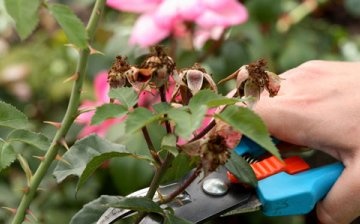
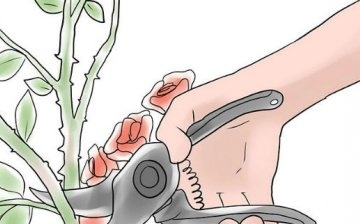
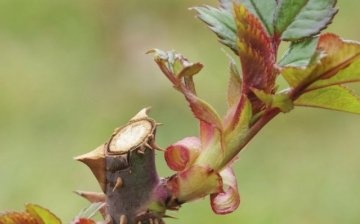




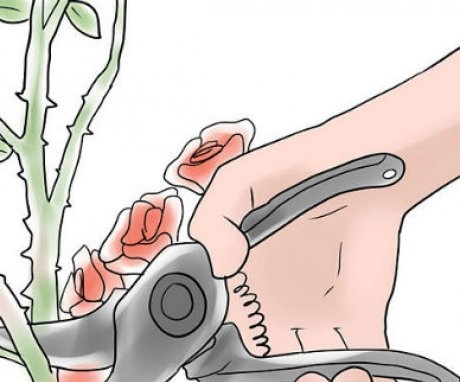
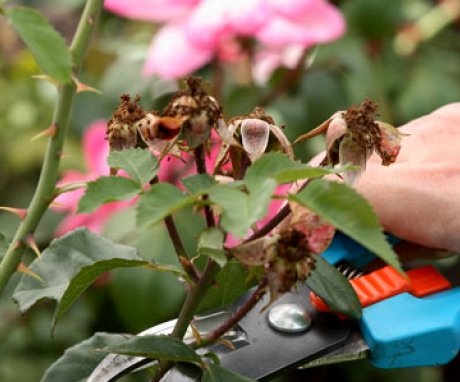
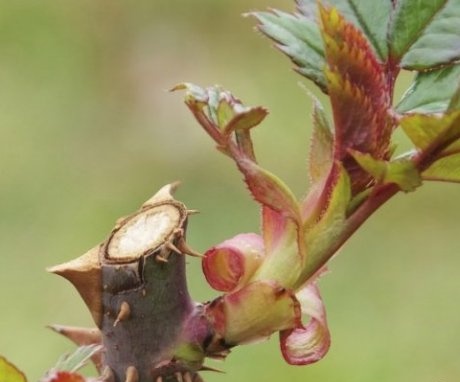
In our family, a grandmother is engaged in pruning roses, she already has a lot of experience in this matter, but for now I am learning from her example. I learned a lot of useful things in the article. In our region, we also pay special attention to the wintering of roses, as sometimes there are severe frosts and winds.
For me, pruning roses is a sore subject. I studied for a long time, but now I have made some conclusions for myself. Recently, I stopped pruning roses in the fall, I prune only in the spring and, you know, I liked the result more.